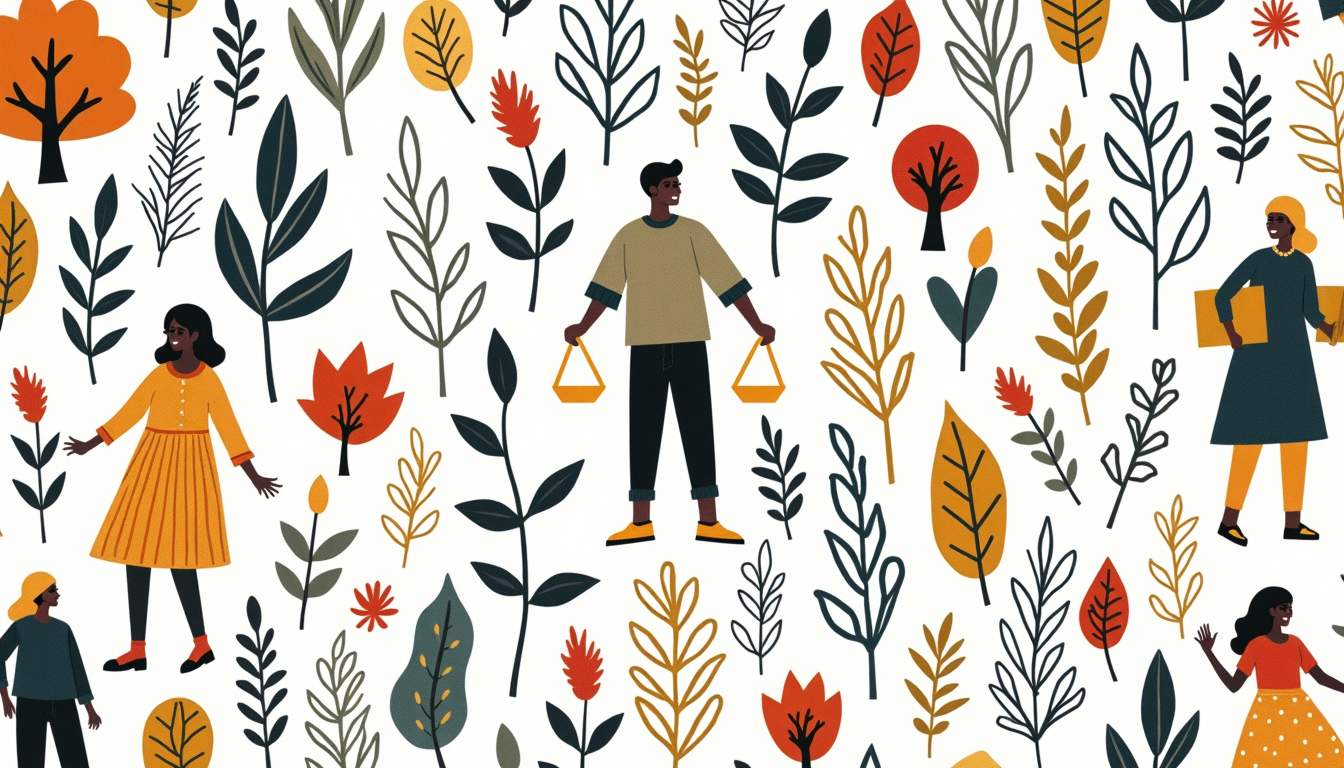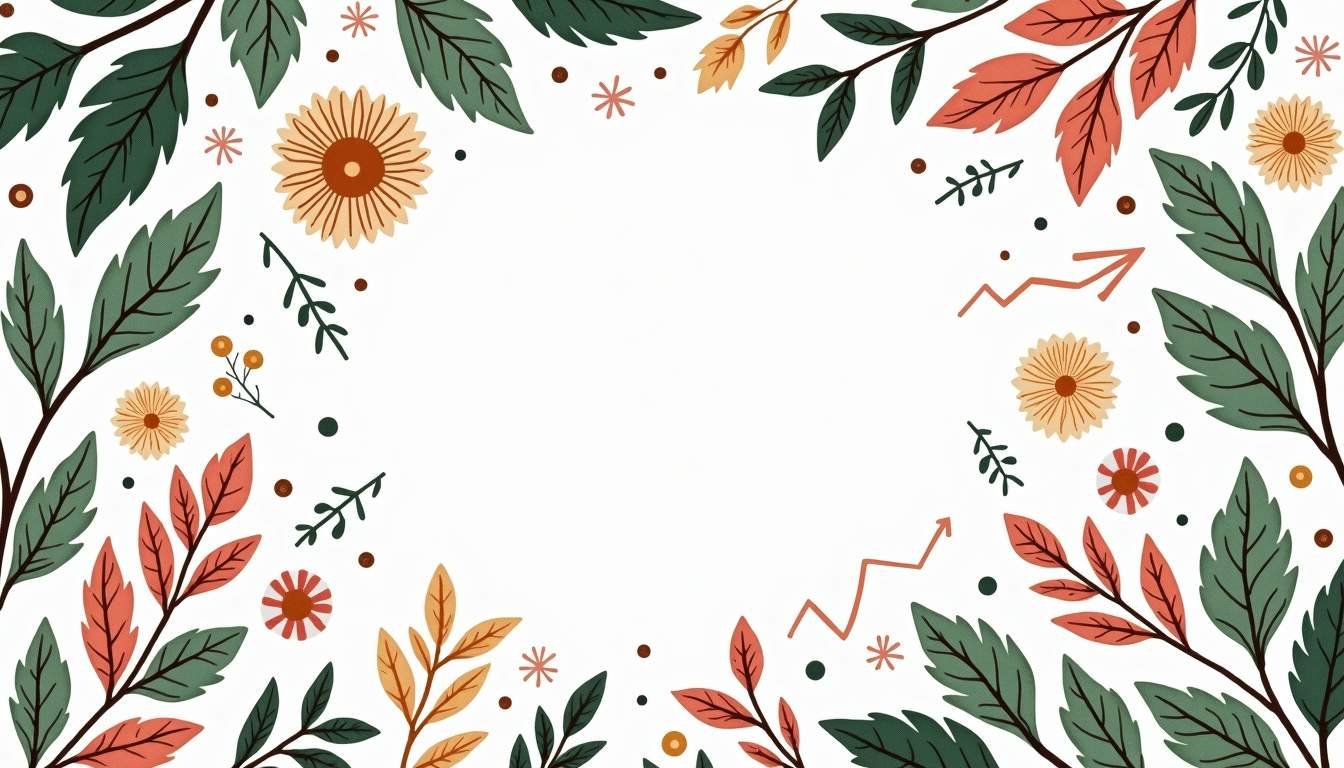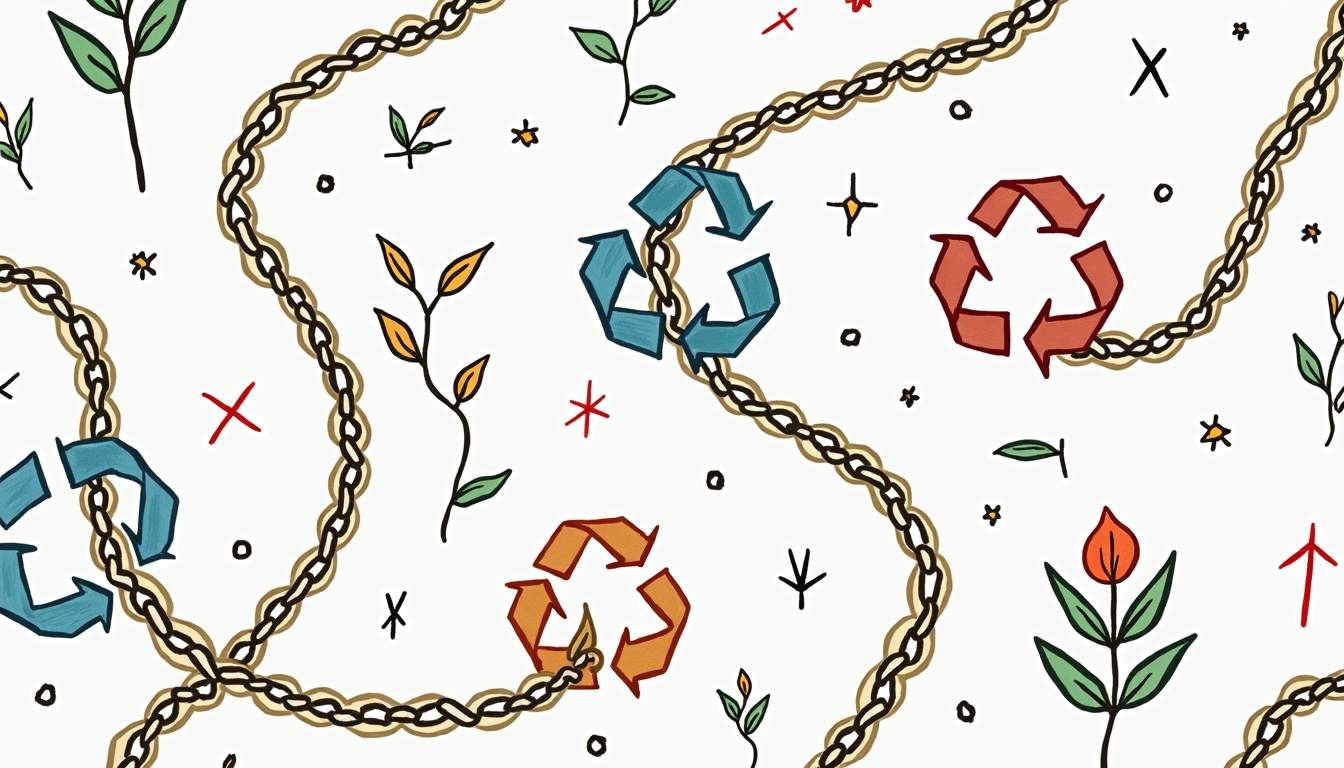In an era where fashion trends change at lightning speed and fast fashion dominates the market, the concept of ethical craftsmanship has emerged as a vital counterbalance. Ethical craftsmanship in fashion refers to the creation of clothing and accessories with a conscious commitment to fairness, sustainability, and respect for both people and the planet. But why has this approach become so essential in today’s fashion landscape? This article explores the multifaceted reasons behind the growing importance of ethical craftsmanship and its transformative impact on the industry.
The Rise of Conscious Consumerism
Understanding the Shift in Consumer Values
Over the last decade, consumers have become increasingly aware of the impact their purchases have on the world. This shift towards conscious consumerism is driven by a desire to support brands that align with personal values such as environmental stewardship, social justice, and transparency. People no longer want to buy products that contribute to pollution, exploit workers, or perpetuate wasteful practices.
Ethical craftsmanship directly addresses these concerns by ensuring that every step of the production process is carried out responsibly. From sourcing materials to paying fair wages, ethical brands prioritize integrity over speed and volume. This appeals to consumers who want their purchases to reflect their ethical standards and make a positive difference. Moreover, the rise of social media has amplified this movement, allowing consumers to share their values and experiences with a wider audience. As a result, brands that fail to adopt ethical practices risk losing not only sales but also their reputation in an increasingly interconnected world.
In addition, the growing awareness of climate change and its effects has prompted consumers to seek out sustainable products. Many individuals are now actively researching the environmental impact of their purchases, leading to a demand for transparency in sourcing and production methods. This has encouraged brands to provide detailed information about their practices, creating a more informed consumer base that values sustainability as much as style.
From Fast Fashion to Slow Fashion
The fast fashion model, characterized by rapid production and low prices, has long dominated the industry. However, it has also been criticized for encouraging overconsumption, poor working conditions, and environmental degradation. In response, slow fashion has gained momentum as a more sustainable alternative.
Slow fashion emphasizes quality over quantity, valuing craftsmanship and durability. Ethical craftsmanship is at the heart of this movement, as it involves meticulous attention to detail, skilled artisanship, and a commitment to creating timeless pieces that last. This approach not only reduces waste but also fosters a deeper connection between the consumer and the garment. By investing in high-quality items that are made to last, consumers are not only making a statement about their values but also contributing to a more sustainable economy.
F
Furthermore, slow fashion encourages consumers to rethink their relationship with clothing. Instead of viewing garments as disposable, this movement promotes the idea of a curated wardrobe filled with versatile pieces that can be cherished for years. This shift in mindset not only benefits the environment but also empowers consumers to embrace their unique style, moving away from the fleeting trends that fast fashion perpetuates. As more individuals adopt this philosophy, the fashion industry may see a significant transformation towards more responsible and meaningful consumption practices. To explore sustainable and timeless fashion pieces, visit the Rooh London website and discover how mindful design meets modern elegance.
Environmental Responsibility and Sustainable Practices
The Environmental Toll of Conventional Fashion
The fashion industry is one of the largest polluters globally, responsible for significant water consumption, chemical use, and carbon emissions. Conventional manufacturing processes often involve toxic dyes, synthetic fibers, and non-renewable resources, all of which contribute to environmental harm. For instance, the production of a single cotton t-shirt can require over 2,700 liters of water, enough for one person to drink for three years. Moreover, the use of harmful pesticides in conventional cotton farming not only depletes soil health but also poses serious risks to the health of farmers and surrounding communities.
Ethical craftsmanship challenges these norms by adopting sustainable practices. This includes using organic or recycled materials, natural dyes, and energy-efficient production methods. By minimizing the ecological footprint, ethical fashion helps preserve natural resources and reduce pollution. Furthermore, brands that prioritize ethical craftsmanship often engage in fair labor practices, ensuring that workers are compensated fairly and work in safe conditions. This holistic approach not only benefits the environment but also fosters a more equitable fashion industry, where the rights of both the planet and its people are respected.
Innovative Materials and Techniques
Advancements in sustainable materials have opened new possibilities for ethical craftsmanship. For example, fabrics made from hemp, bamboo, or recycled plastic bottles offer eco-friendly alternatives to traditional textiles. These materials not only reduce waste but also require less water and energy to produce compared to conventional fabrics. Additionally, natural dyeing techniques reduce chemical waste and create unique, vibrant colors. Techniques such as indigo dyeing, which utilizes the leaves of the indigo plant, not only produce stunning hues but also support local agriculture and traditional practices.
Artisans skilled in these methods play a crucial role in preserving traditional techniques that are both environmentally friendly and culturally significant. By supporting these craftspeople, ethical fashion helps maintain biodiversity and promotes innovation rooted in sustainability. Moreover, the resurgence of interest in artisanal methods has led to a revival of local economies, as communities come together to share knowledge and skills passed down through generations. This connection to heritage not only enriches the fashion narrative but also reinforces the importance of mindful consumption, encouraging consumers to value quality and craftsmanship over fast fashion trends.
Social Impact and Fair Labor Practices
Addressing Exploitation in the Fashion Supply Chain
One of the most pressing issues in the fashion industry is the exploitation of workers, particularly in developing countries. Many garment workers face unsafe conditions, low wages, and lack of labor rights. Ethical craftsmanship seeks to rectify these injustices by ensuring fair labor practices throughout the supply chain.

Brands committed to ethical craftsmanship often work directly with artisans and manufacturers, fostering transparent relationships and paying living wages. This approach empowers workers, improves their quality of life, and supports local economies.
Empowering Artisans and Preserving Cultural Heritage
Ethical craftsmanship also plays a vital role in preserving traditional skills and cultural heritage. Many artisanal techniques, such as hand embroidery, weaving, or leatherwork, are passed down through generations. By valuing these crafts, ethical fashion helps sustain communities and prevents the loss of cultural identity.
Moreover, supporting artisans provides opportunities for economic independence, especially for women and marginalized groups. This empowerment has ripple effects, contributing to social equity and community development.
Transparency and Trust in the Fashion Industry
The Demand for Transparency
In recent years, consumers have demanded greater transparency from fashion brands regarding their sourcing, manufacturing, and labor practices. Ethical craftsmanship inherently requires openness, as the process involves close collaboration with artisans and suppliers.
Brands that embrace transparency build trust with their customers by sharing stories behind their products, including how materials are sourced and who made the garments. This connection fosters brand loyalty and encourages consumers to make more informed choices.
Certifications and Ethical Standards
To ensure accountability, many ethical fashion brands pursue certifications such as Fair Trade, Global Organic Textile Standard (GOTS), or B Corp status. These certifications provide independent verification of ethical practices and help consumers identify trustworthy brands.
While certifications are valuable, ethical craftsmanship often goes beyond formal standards, reflecting a genuine commitment to doing what is right. This authenticity resonates deeply with consumers seeking meaningful and responsible fashion options.
The Economic Benefits of Ethical Craftsmanship
Quality Over Quantity: Long-Term Value
Ethical craftsmanship often results in higher-quality products that are designed to last. While these items may come with a higher price tag initially, their durability and timeless design offer better value over time. Consumers save money by investing in fewer, well-made pieces rather than frequently replacing cheaply made garments.

This shift towards quality also reduces waste and environmental impact, as fewer clothes end up in landfills. The economic benefits extend beyond the consumer, supporting sustainable business models that prioritize longevity and responsible production.
Supporting Local Economies and Small Businesses
Ethical craftsmanship frequently involves working with small-scale artisans and local manufacturers rather than large factories. This approach helps stimulate local economies by creating jobs and fostering entrepreneurship.
By supporting these businesses, consumers contribute to economic resilience and diversity. This decentralized model contrasts with the concentration of power in global fast fashion conglomerates, promoting a more equitable distribution of wealth.
Challenges and the Path Forward
Balancing Cost and Accessibility
One of the main challenges facing ethical craftsmanship is balancing the higher costs of responsible production with accessibility for a broad range of consumers. Ethical products often come at a premium, which can limit their reach.

However, as awareness grows and demand increases, economies of scale may help reduce costs. Additionally, educating consumers about the true cost of fast fashion can encourage more thoughtful spending habits.
Innovating Without Compromising Values
Innovation in materials, production techniques, and business models is essential to scale ethical craftsmanship. Brands must find ways to integrate technology and sustainability without losing the human touch that defines craftsmanship.
Collaborations between designers, artisans, and technologists can lead to exciting new possibilities that honor tradition while embracing the future. The ongoing evolution of ethical fashion depends on this delicate balance.
Conclusion
Ethical craftsmanship is more than a trend; it is a necessary evolution in the fashion industry that addresses critical environmental, social, and economic challenges. By prioritizing sustainability, fairness, transparency, and quality, ethical craftsmanship offers a holistic approach that benefits consumers, workers, and the planet alike.
As awareness continues to grow, the demand for ethically crafted fashion will likely increase, encouraging more brands to adopt responsible practices. This shift not only transforms the industry but also empowers consumers to make choices that align with their values, fostering a more sustainable and equitable future for fashion.

